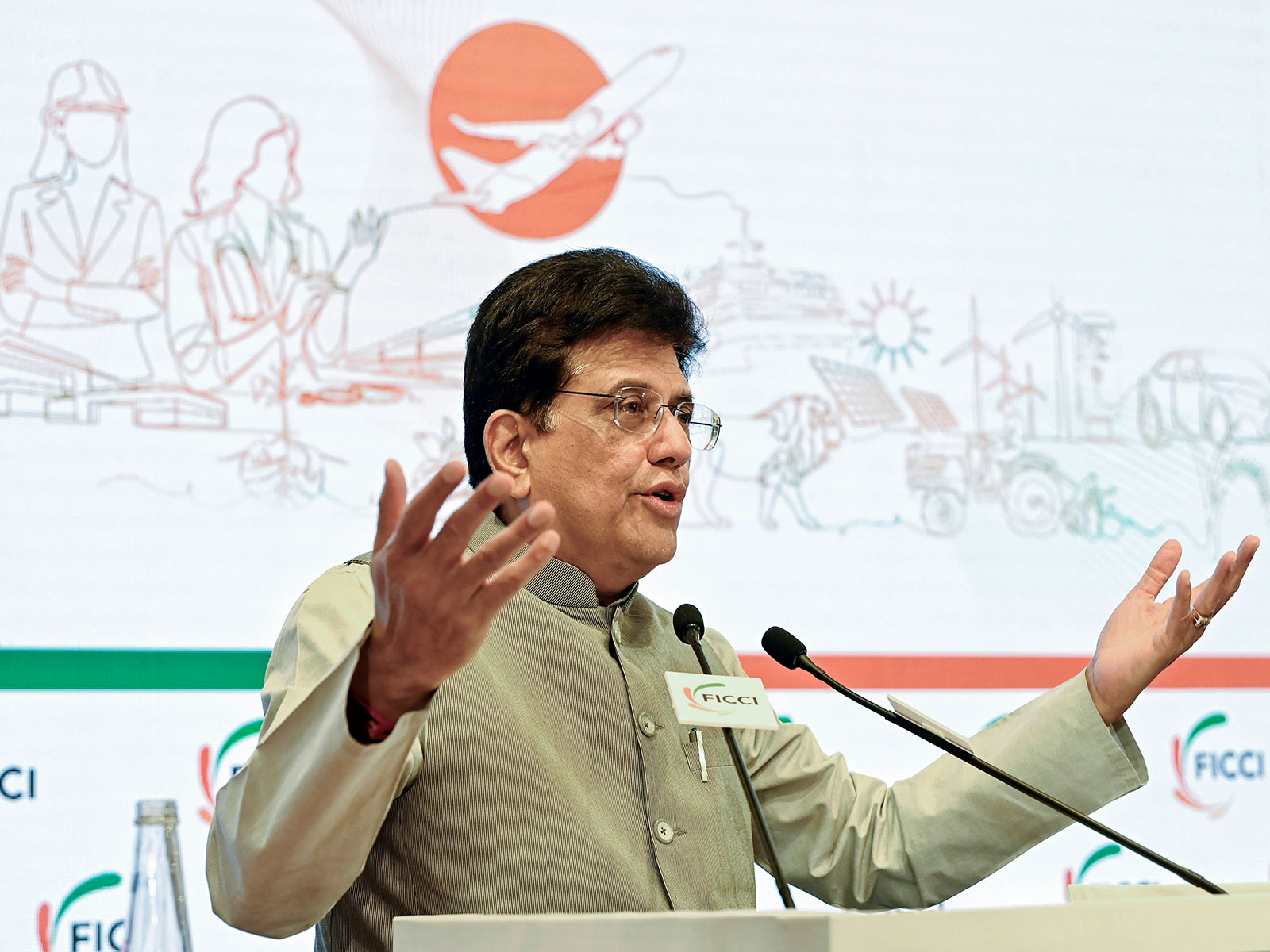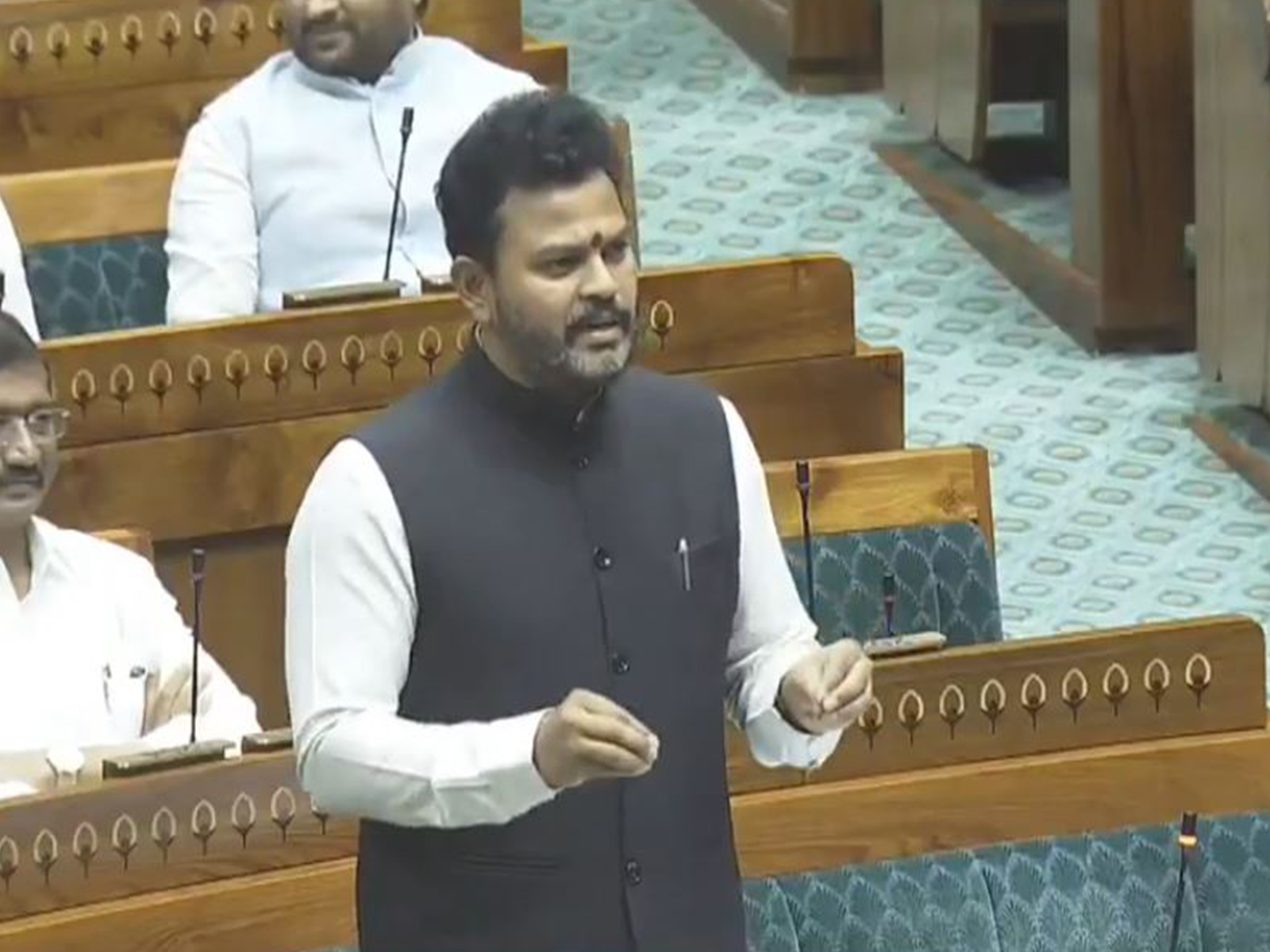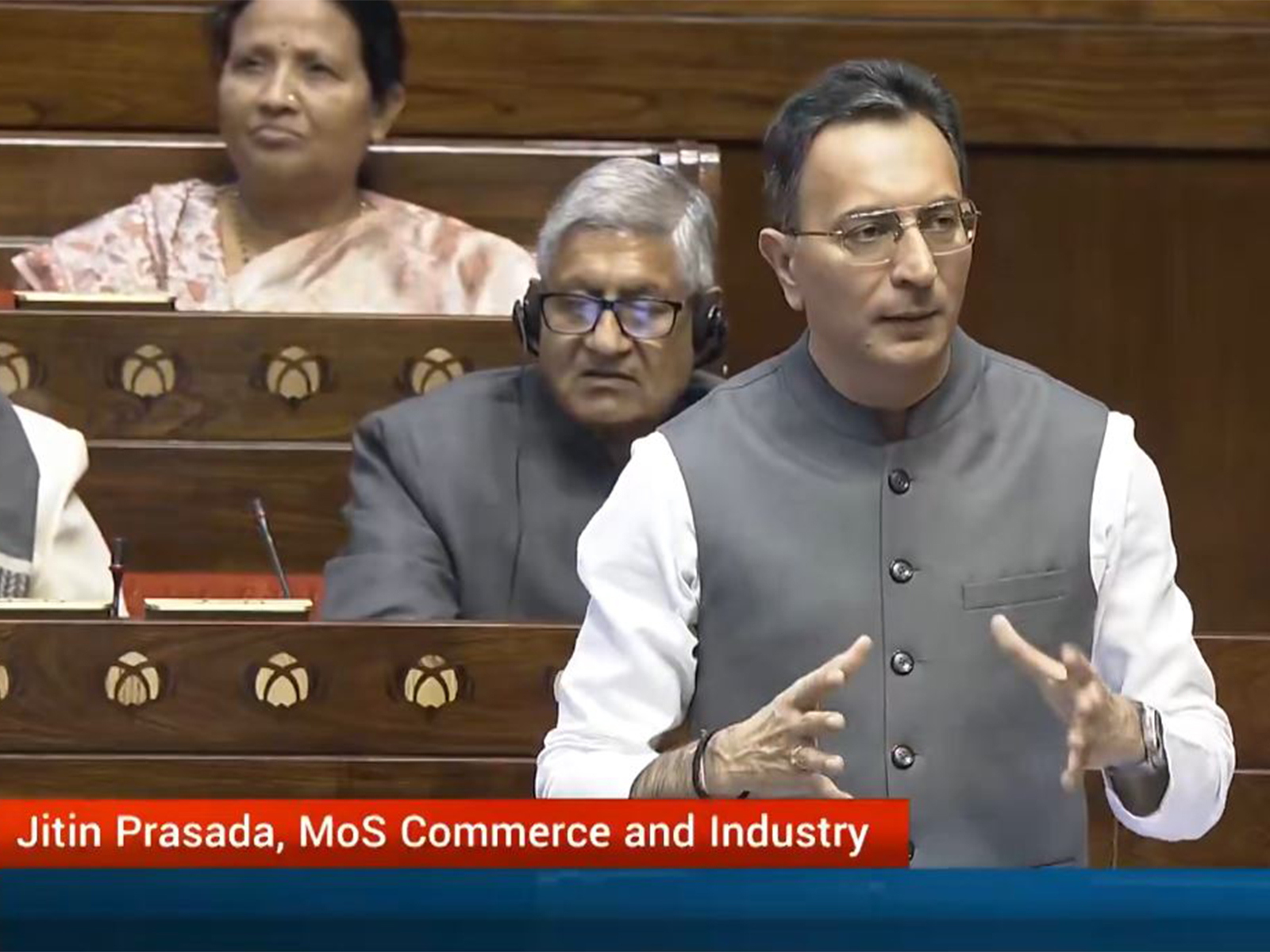Global carbon pricing revenues reached record USD 104 billion in 2023, milestone in climate action: Report
May 23, 2024

New Delhi [India], May 23 : Global carbon pricing revenues reached a record USD 104 billion in 2023, according to the World Bank's annual "State and Trends of Carbon Pricing 2024" report.
This milestone highlights the growing global commitment to using economic tools to combat climate change.
The report indicates that there are now 75 carbon pricing instruments in operation worldwide, reflecting a significant increase in adoption and implementation.
More than half of the revenue collected was allocated to fund climate and nature-related programs, emphasizing the dual benefit of carbon pricing in both reducing emissions and supporting environmental initiatives.
Axel van Trotsenburg, World Bank Senior Managing Director said, "Carbon pricing can be one of the most powerful tools to help countries reduce emissions. That's why it is good to see these instruments expand to new sectors, become more adaptable and complement other measures. This report can help expand the knowledge base for policymakers to understand what is working and why both coverage and pricing need to go up for emissions to go down."
Since the World Bank began tracking carbon markets two decades ago, significant progress has been made. The first report, issued eleven years ago, showed carbon taxes and Emission Trading Systems (ETS) covering a mere 7 per cent of global emissions.
The report reveals that this coverage has increased to 24 per cent.
India, alongside other large middle-income countries like Brazil, Chile, Colombia, and Turkiye, is making notable strides in implementing carbon pricing mechanisms.
India's proactive stance on climate action has seen the country explore various carbon pricing strategies, aiming to integrate these into broader economic and environmental policies.
This aligns with India's climate targets and its commitments under the Paris Agreement.
Traditional sectors such as power and industry continue to dominate carbon pricing initiatives. However, there is a growing interest in applying these instruments to new sectors, including aviation, shipping, and waste management.
The European Union's Carbon Border Adjustment Mechanism, currently in a transitional phase, is prompting global governments to consider carbon pricing for additional sectors like iron and steel, aluminum, cement, fertilizers, and electricity.
Moreover, governments are increasingly utilizing carbon crediting frameworks to attract finance through voluntary carbon markets and facilitate participation in international compliance markets.
This approach not only aids in achieving national emission targets but also promotes global collaboration in climate mitigation efforts.
Despite the record revenues and expanded adoption of carbon pricing, the report underscores that global carbon price coverage and levels remain insufficient to meet the goals of the Paris Agreement.
Currently, less than 1 per cent of global greenhouse gas emissions are covered by a direct carbon price within the range recommended by the High-level Commission on Carbon Prices, which is necessary to limit global temperature rise to well below 2oC.
The report calls for greater political commitment to bridge the gap between climate commitments and actionable policies.
Enhanced coverage and pricing are essential to drive the reductions in emissions needed to avert the worst impacts of climate change.




















